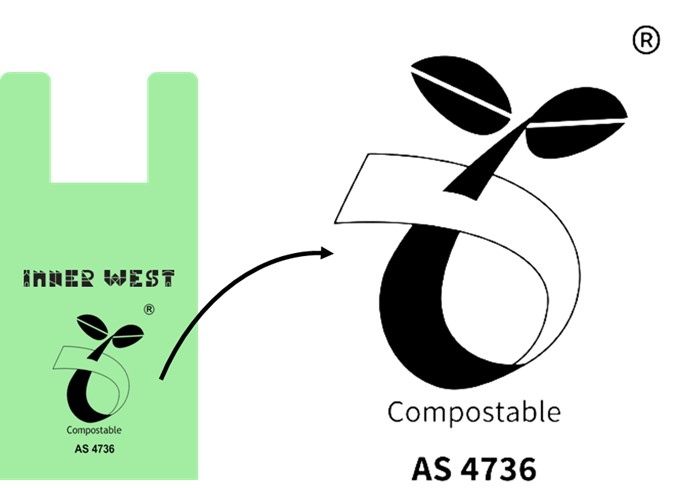Council-provided compostable liners
Council-provides compostable liners:
- Council will deliver a pack of 75 compostable liners to you in May 2025. A pack of 75 liners will last the average household around 6 months (using 3 liners a week).
- Ask your building manager for more compostable liners
- Visit a Council service centre or library to pick up more liners
- Visit our friendly mobile customer service stalls from Tuesday to Saturday to pick up liners near you
Buying compostable liners
Compostable liners can be purchased at most supermarkets, independent grocers and hardware retailers or online.
Council’s kitchen benchtop bin are 8 litres.
Only use compostable liners with the seedling logo and the AS4736 certification (see below).

Never use plastic, “degradable” or “biodegradable” bags or liners.
Want to know more about the difference between “compostable”, “biodegradable” and “bio” bags? Check out our socials where we explain how you can feel more empowered to tell the difference.